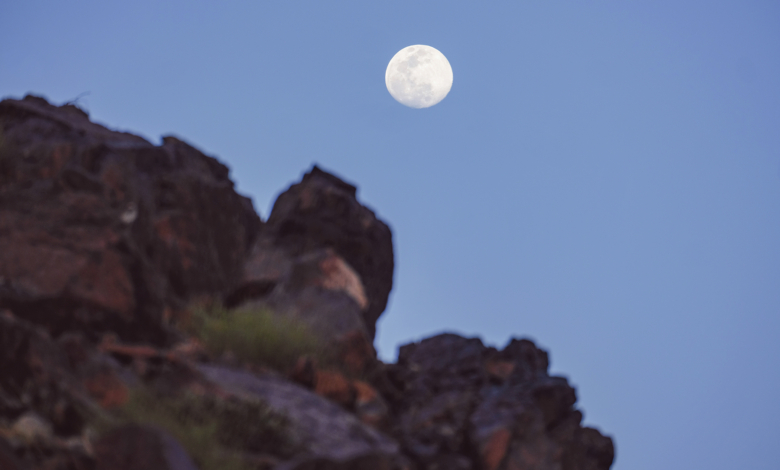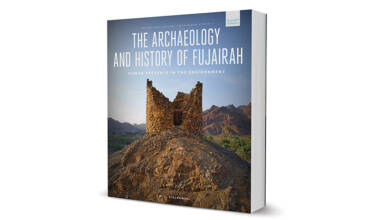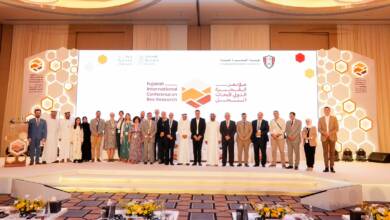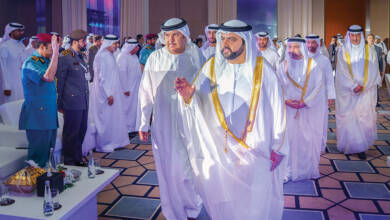UAE Stories and Cultural Learning: Astronomy and lunar calendar

Just pause and try to imagine the Arabian night skies crisp, dark and clear, with stars speckling the sky, twinkling gently with dots of light, allowing the full moon rise to its glorious beauty. Middle Eastern civilizations embraced the night sky; the fascninating light of distant stars inspired Arabic art, mythology and science.
In the sand sea of the desert, stars were life. For generations of ancient nomads, the stars were the only guide on land; they used them to navigate at night, trusting the celestial bodies to lead them safely through the countless intricate dunes. Stretching from the Arabian Gulf coast to the Empty Quarter and east to the Hajar Mountains, the UAE is one of the world’s largest sand deserts.
Bedouins used the sky sprinkled with stars to navigate its dunes, referring to a basic technique involving the cosmic space that provided valuable directions.
The ancient Arabs took a keen interest in the study of the starry vault; astronomy was an area of popular knowledge taken into serious consideration both in the private and public sectors. The night sky told the dwellers of the desert regions when they should plant and harvest, and when they should pray. It was nature’s calendar and clock.
After the advent of Islam, the Muslim needed to determine the time and the direction of the prayers, the correct orientation of the mosques, the beginning and end of the lunar months; this provided the incentive for the study and development of astronomy in the ancient Middle East. Among Muslims, the crescent moon and star are used as signs to represent religious matters.
The study of astronomy is still useful in determining the direction of prayers and in predicting the beginning and end of the lunar months – that of Ramadan is the most important. The UAE follows the Islamic calendar, a lunar calendar that depends on the movement of the moon; it consists of 12 months in a year. The beginning of each month is marked by the observance of a new moon seen for the first time. The first year of the calendar is the Hijra. In Arabic “Hijra” means ‘migration’, and it marks the beginning of the historic journey the Prophet Mohammed, the founder of Islam, made from Mecca to Medina in the year 622.
The Islamic calendar Is one of the oldest natural calendar systems, the only purely lunar calendar in use.
UAE 101 Stories and cultural learnings - guidebook




